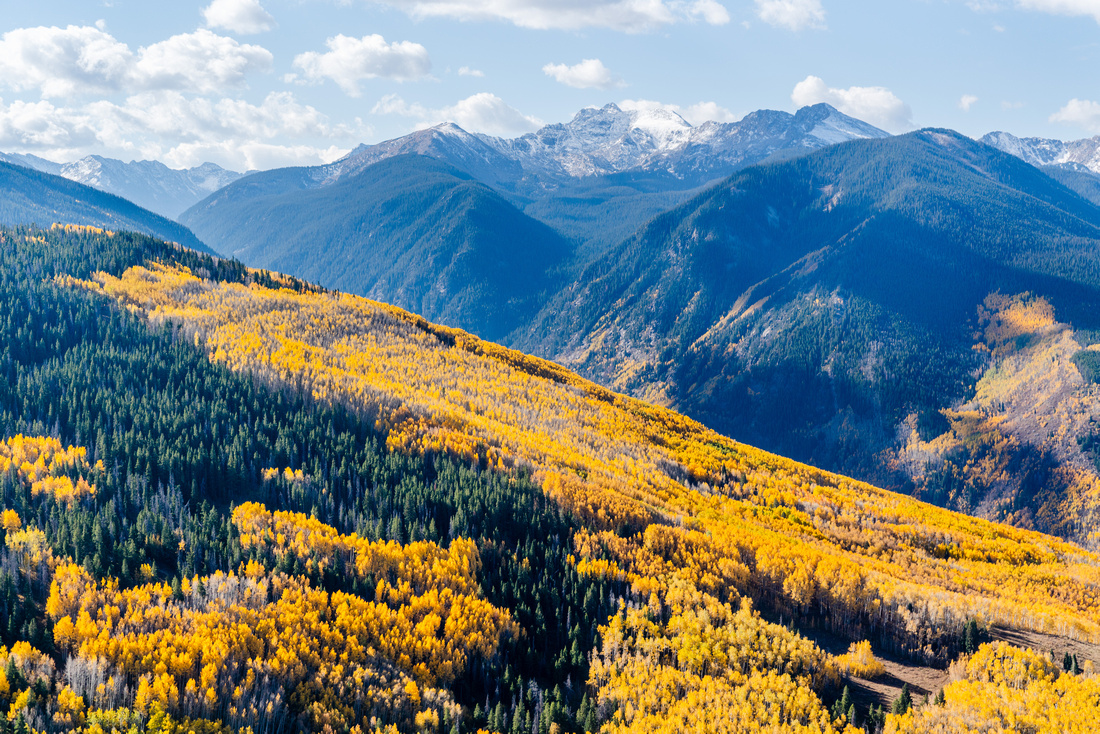As 2022 comes to a close and we look forward to the next year, we celebrate the progress that we have made to safeguard more lands, preserve our waters, protect wildlife, and work to close the nature-equity gap. Compared to just a decade ago, more Americans are facing extreme weather disasters fueled by rising global temperatures. And we’ve seen that communities with the least access to the outdoors and green spaces have disproportionately faced the most extreme effects of climate change.
Scientists point to protecting natural lands, waters, and forests as one of the most effective solutions for taking on the climate crisis. That’s why throughout 2022, we continued to call for action to meet our nation’s goal to protect 30 percent of our lands and waters by 2030 – to mitigate the harmful effects of climate change, improve people's health and quality of life, and protect wildlife.
Here are a few highlights of what we’ve accomplished this year, thanks to the hard work of Sierra Club staff, volunteers, supporters, and partners.
Gray Wolves Regained Protections: Gray wolves regained federal protections in 44 states after they were delisted from the Endangered Species Act under the Trump administration. Sierra Club has long advocated for the full recovery of gray wolves in the lower 48 and their continued protection under the Endangered Species Act. Earthjustice successfully led a lawsuit on behalf of several conservation groups, including the Sierra Club, that challenged the Trump-era decision. While federal protection was regained in 44 states, we continue to advocate for wolves in Montana, Idaho, Wyoming, and parts of Washington, Oregon, and Utah, who still require our help and protection.
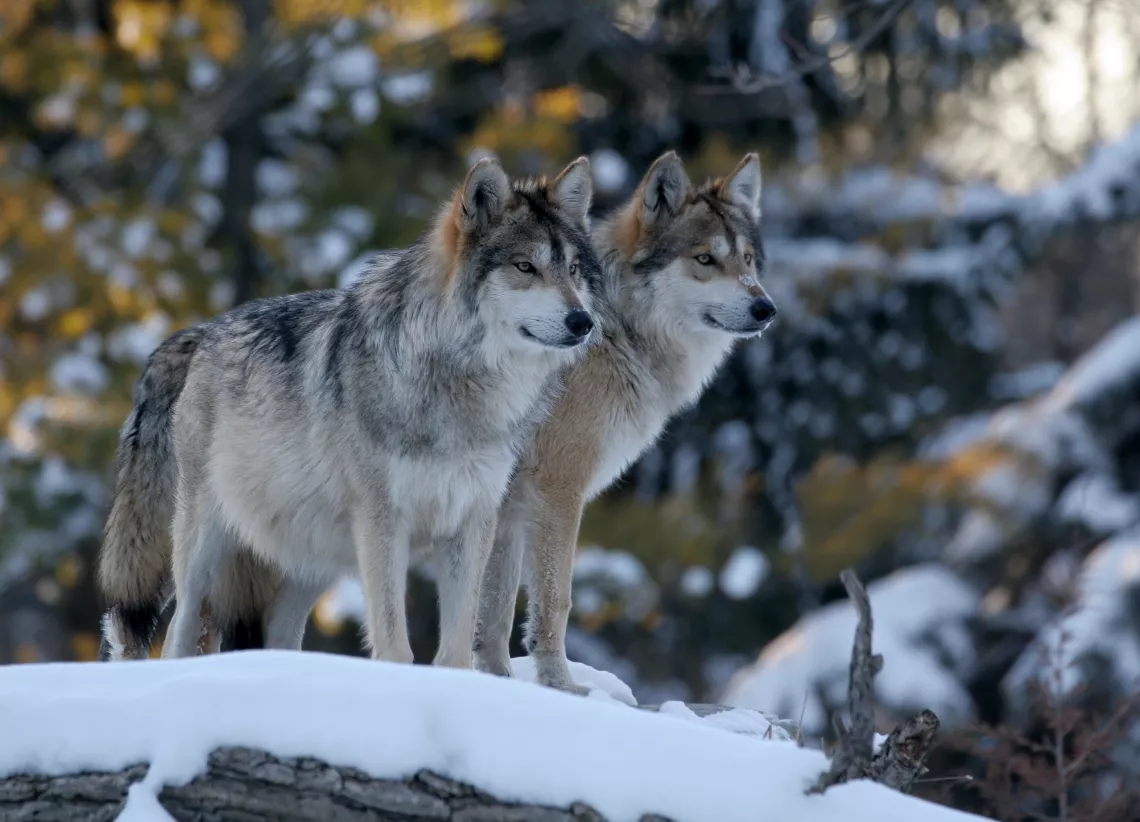
New National Monuments: In October, we celebrated President Biden’s first National Monument designation – the Camp Hale-Continental Divide National Monument, along with a 20-year mineral withdrawal for the Thompson Divide, which would protect the area and prohibit mining activities on approximately 225,000 acres of this iconic area. This announcement comes after years of local and national advocacy and attempts from Colorado’s Congressional delegation to protect the area.
The following month, President Biden committed to designate Avi Kwa Ame in Nevada as our newest national monument, which will provide permanent protection for 450,000 acres of treasured desert landscapes that have deep cultural, spiritual, and environmental importance to the region. In addition to supporting our conservation and climate goals, protecting and preserving these public lands and cultural landscapes help tell a fuller story of our country – just as the designation of Camp Hale-Continental Divide National Monument honors the legacy of WWII veterans in Colorado, protecting Avi Kwa Ame will memorialize the stories of the Tribes and Indigenous groups whose spirituality and cultures are inseparable from these landscapes.
Executive Order Launches Process for Protecting Mature and Old-Growth Forests: President Biden issued an executive order during a speech celebrating Earth Day this year to define, inventory, and protect old and mature forests on federal lands. This EO followed months of advocacy by the Sierra Club and partners as part of the Climate Forests Campaign and represents a significant step in the right direction. Now, we are urging the Biden administration to enact a strong, lasting rule across federal public lands that protects mature and old-growth trees and forests.
Successful Return of Land Management to Tribes: The Confederated Salish and Kootenai Tribes (CSKT) assumed full management control over the Bison Range, formerly known as the National Bison Range in northwest Montana. You can read this blog post to learn about the history of the Range and the long struggle to return management to Tribes. Later in the year, we celebrated the Biden Administration’s announcement of a first-of-its-kind agreement with Tribal Nations to co-manage Bears Ears National Monument. Moving forward, Tribal consultations and specific consideration of Indigenous knowledge and conservation practices will be incorporated into the long-term stewardship and preservation of this landscape.
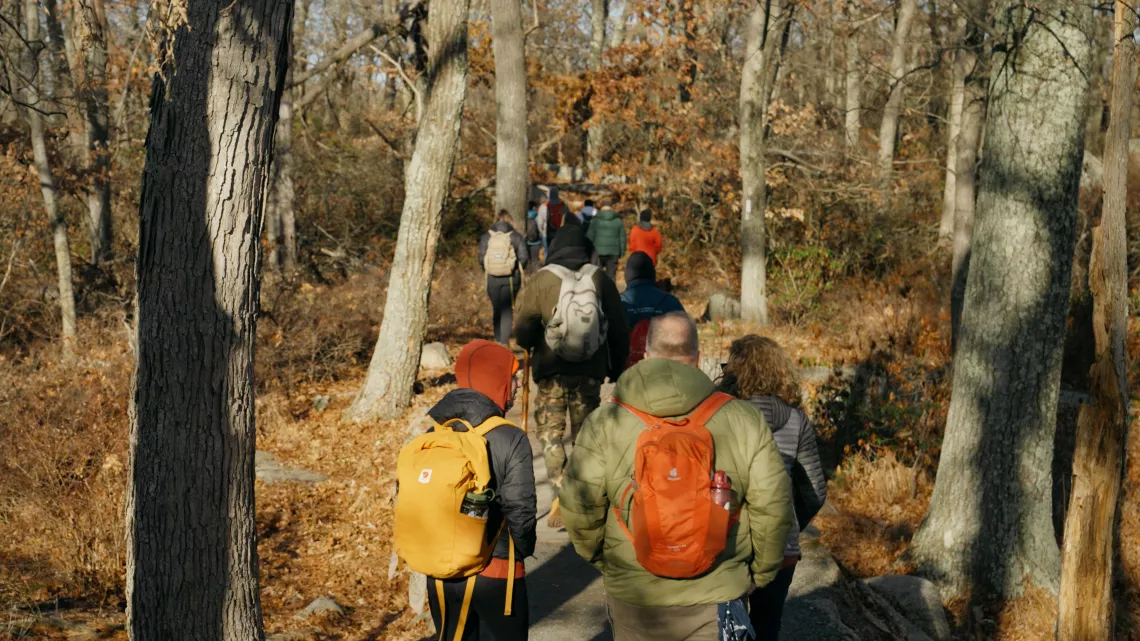
More Veterans Healing in Nature: Our advocacy led to important White House initiatives including an interagency commitment to expand equitable access to nature and the launch of the Task Force on Outdoor Recreation for Veterans, which aims to facilitate the use of public lands and therapeutic interventions for veterans. Sierra Club’s Military Outdoors campaign also partnered with the New York State Division of Veterans’ Services to launch the Outdoor Rx Coalition and its website, a resource aimed at reducing the barriers between over 1 million New York veterans, military members and their families, and New York public lands and waters. You can hear more about how SCMO is leading nationwide efforts to expand veterans' access to nature in this podcast.
Fossil Fuel Leasing on Public Lands Blocked: As the Biden Administration announced its decision to resume oil and gas leasing on public lands, the Sierra Club, alongside other environmental groups, pushed back via the courts. We forced legal settlements stopping new leasing on over three million acres of public lands in California, Colorado, Wyoming, Montana and the Dakotas, pending analysis of the potential climate and environmental impacts.
A Step Closer Towards Salmon Restoration: A group of Sierra Club staff set out on an Indigenous-led journey called the "Spirit of the Waters" to save salmon populations that are being pushed to the brink of extinction by four dams on the lower Snake River and to help the southern resident orcas that depend on them. The travelers recorded their experiences on the journey in blog dispatches. Our advocacy, through the totem pole journey and other actions, pushed decision makers to act: Sen. Patty Murray and Gov. Jay Inslee released a long-awaited report on salmon restoration on the Snake River, laying out a presumptive path forward, identifying the four lower Snake River dams as the biggest impediment to recovering salmon populations, and calling for the services of the dams to be replicated before breaching them.
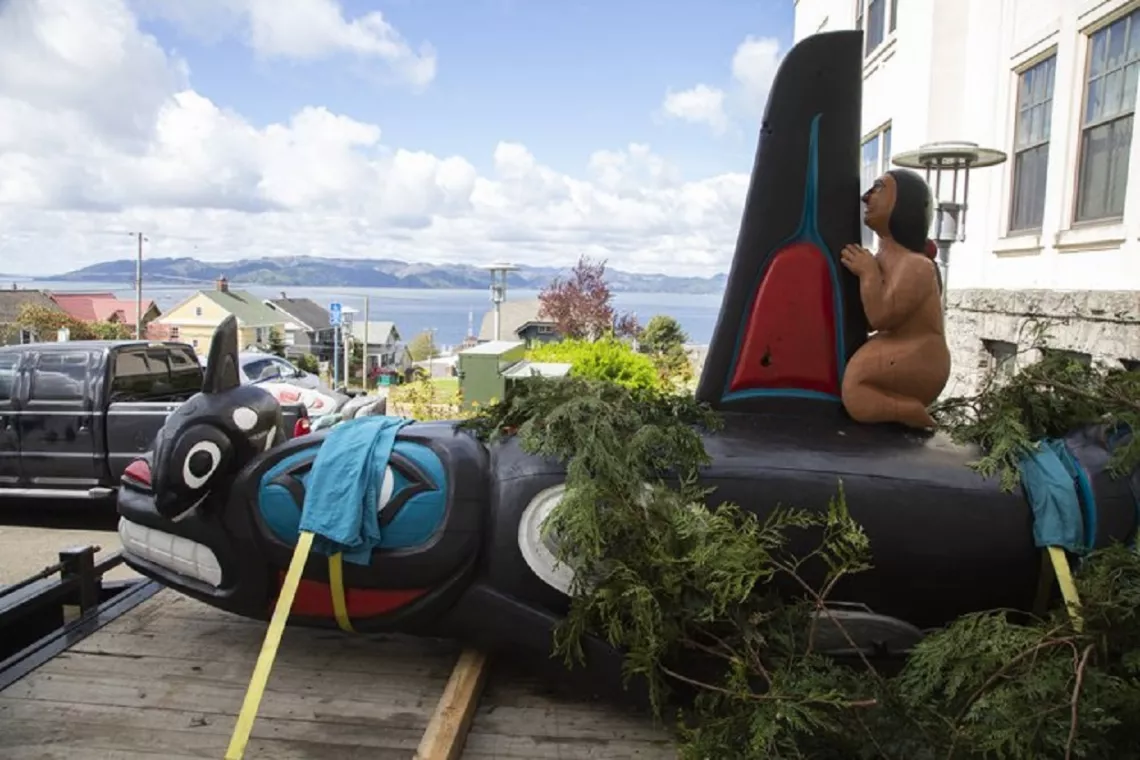
Improving Public Transit to Trails: In Los Angeles, along with our partners in the Nature for All coalition, we secured congressional funding to create two new shuttle bus routes that will run from existing LA Metro stations into the Angeles National Forest, as well as construct shuttle stops and provide visitor services, amenities, and a "Recreate with Respect" education campaign. This project will make public lands easily accessible for thousands more LA residents. On the opposite coast, our Military Outdoors team in New York City has been leading outings alongside partner organizations, like Another Summit, using public transit for elderly and disabled veterans and their families to demonstrate how to access a state park using public transportation and ways to enjoy nature at all levels of mobility.
Initiation of the Removal of Four Klamath River Dams: The Federal Energy Regulatory Commission issued a License Surrender Order for the Lower Klamath River Hydroelectric Project, paving the way for the largest river restoration project in history. Dams on the lower Klamath River will come down starting in 2023, giving threatened salmon populations the best chance to thrive. Sierra Club in Oregon and California have remained close to this issue for the last two decades, following indigenous leadership calling for the restoration of the Klamath and its salmon.
Youth Leadership on Access to Nature: After a two-year pause due to the COVID-19 pandemic, the Outdoors Alliance for Kids’ (OAK) annual OAK Week relaunched in person. Youth environmental leaders gathered in our nation’s capital to meet with decision-makers from the Biden administration, career outdoor professionals, and activists to experience urban green spaces and discuss the future of outdoor access in this country.
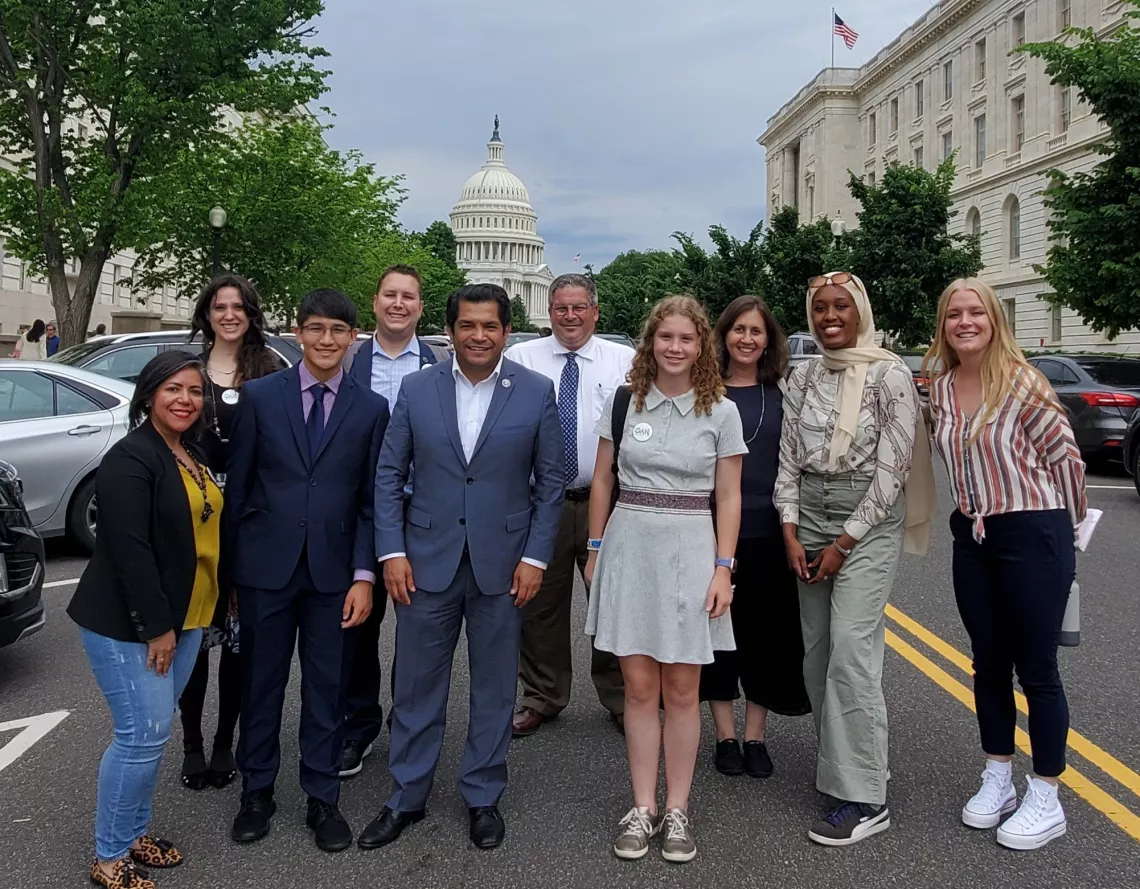
Passage of the Inflation Reduction Act: This year we saw the historic passage of the Inflation Reduction Act. This represents the largest climate investment in American history and includes more than 100 programs that will invest about $369 billion in climate action, clean energy jobs, and environmental justice. The IRA included many lands and wildlife protections and we advocated for including funding for urban parks, resilience for Tribal communities, recovery plans to protect threatened species and their habitats, and protection for mature and old-growth trees and forests. However, this bill was far from perfect and will continue to place a heavy burden on frontline communities that have already suffered decades of disproportionate pollution. We will continue to demand equitable implementation, making sure communities most directly affected are prioritized.
While our work is certainly far from finished, I hope you take a moment to celebrate these significant victories with us! As we prepare and look forward to 2023, we are grateful to our staff, volunteers, partners, and action-takers who made these successes possible. Let’s keep going – onward!
